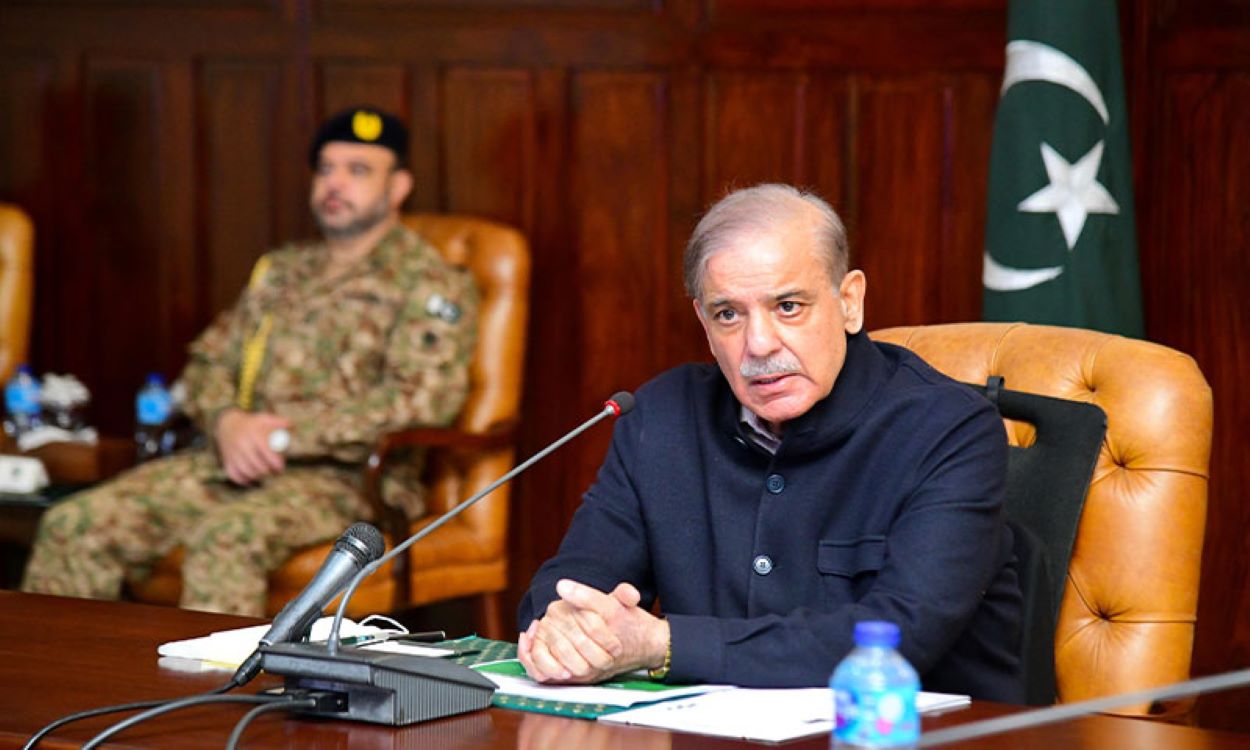A major overhaul in Pakistan’s federal structure is underway, involving eliminating approximately 70,000 government positions.
According to a report by Ansar Abbasi, columnist for The News Pakistan, the restructuring will see nearly 80 federal departments either merged, reorganized, or dissolved to facilitate fiscal savings.
Sources close to the developments report that Prime Minister Shehbaz Sharif has instituted a high-level committee to devise and recommend austerity measures to be integrated into the forthcoming budget. This initiative targets positions from grade 1 to 16 that have remained unfilled for years and are slated for elimination.
The committee’s mandate also extends to proposing significant structural changes, including the overhaul, merger, or complete dissolution of over 80 federal agencies. This move is seen as a critical step in addressing redundancy and inefficiency within the federal government.
During Sharif’s last term, a similar committee was established, headed by respected bureaucrat Nasir Mahmood Khosa and comprising 15 members. It suggested a series of austerity measures projected to save up to 1 trillion rupees annually. However, these recommendations were largely ignored at the time.
In his current term, Prime Minister Sharif has formed a new seven-member committee to outline a feasible plan for cutting government expenditures effectively. The Deputy Chairman of Planning chairs this committee, which includes notable figures such as the Secretary of the Cabinet Division, Secretary of Industry, Secretary of Finance and Production Rashid Mahmood Langrial, Qaiser Bengali, Dr Farukh Saleem, and Mohammad Naveed Iftikhar.
The latest reports suggest that this committee has conducted thorough evaluations based on the 2023 committee’s recommendations to achieve potential savings of 200 billion rupees. Despite these efforts, the initial report to the Prime Minister revealed that the full spectrum of proposed savings was not realized, with many suggestions still unimplemented, highlighting a significant gap between policy recommendation and execution.






